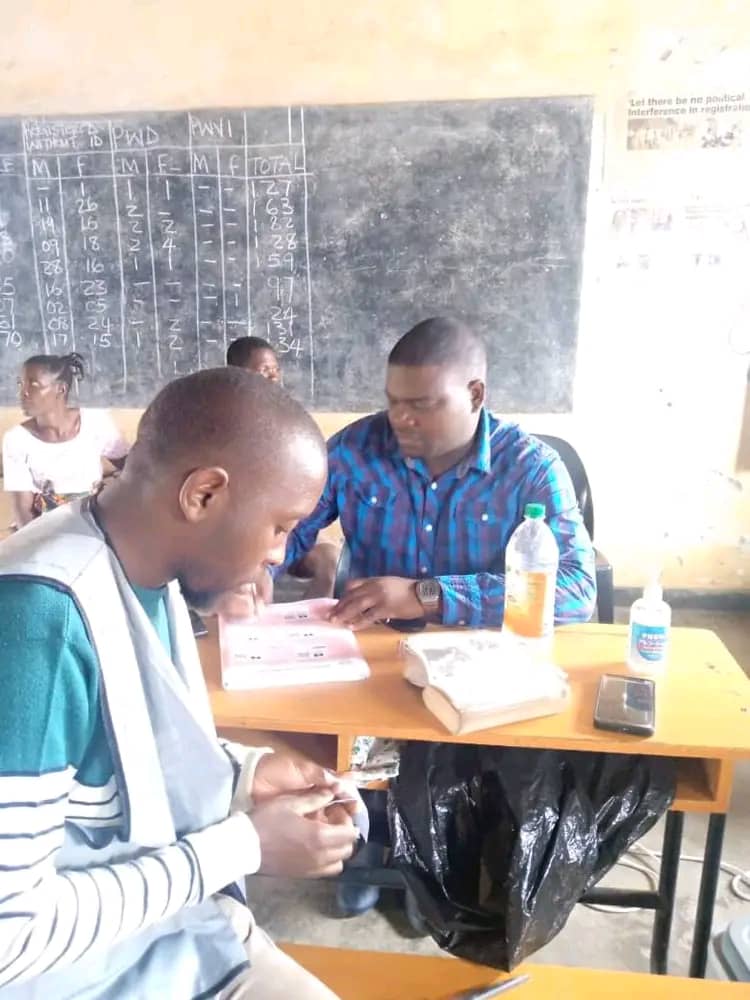By Burnett Munthali
The Ministry of Homeland Security, in collaboration with the Department of Immigration and Citizenship Services, has launched a new and improved border management information system aimed at enhancing national security and efficiency in border control operations.
The official launch of the system took place on Thursday, 15th May 2025, at Kamuzu International Airport, where Minister of Homeland Security Ezekiel Ching’oma presided over the event.
The new system, known as the Migration Information and Data Analysis System (MIDAS), has been developed by the International Organisation for Migration (IOM) with funding from the World Bank.
The initiative is part of the broader Southern Africa Trade and Connectivity Project, which seeks to strengthen regional cooperation and infrastructure.
According to IOM Chief of Mission in Malawi, Nomagugu Ncube, the MIDAS system comes with a host of benefits that will significantly improve the country’s border security framework.
She explained that the system is designed to reduce the risk of identity fraud and human trafficking by enhancing the accuracy and speed of passenger identification and tracking.
Ncube further highlighted that MIDAS is user-friendly for both travellers and border officials, making border crossing faster and more efficient without compromising security protocols.
In addition to the MIDAS system, the World Bank has also supported the purchase of two vehicles, which were handed over to the Department of Immigration to support its operational capacity.
The new system is expected to be installed at all major border posts across the country, helping Malawi align with international best practices in migration management and border control.
Government officials, immigration officers, and stakeholders from the donor and development community attended the launch ceremony and expressed optimism about the long-term benefits of the system.
The Ministry of Homeland Security reiterated its commitment to improving national security and promoting safe, orderly, and regular migration through technological advancement and international partnerships.




